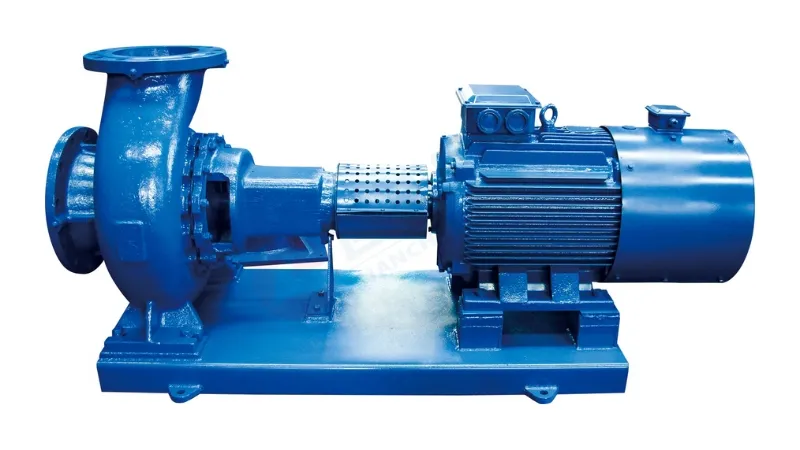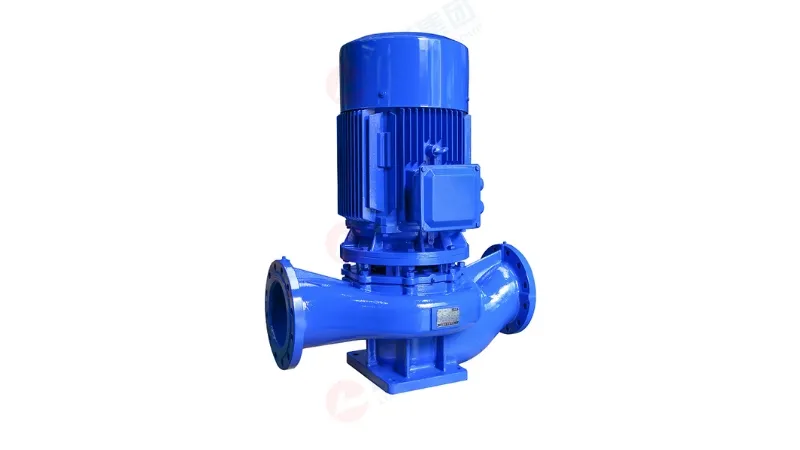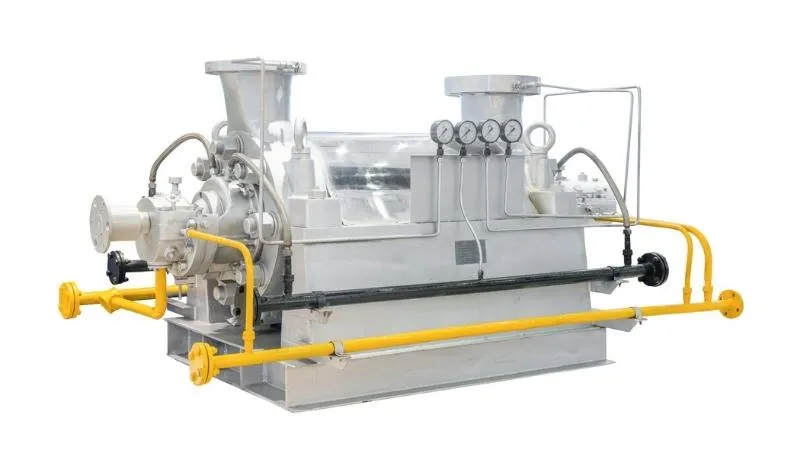

Centrifugal pumps are widely used in various industries for their efficient and reliable pumping capabilities. They work by converting rotational kinetic energy into hydrodynamic energy, allowing fluid to be transferred from one location to another. Centrifugal pumps have become the first choice for many applications due to their ability to handle a variety of fluids and operate at a wide range of pressures and flows. In this article, we will discuss the three main types of centrifugal pumps and their unique features.
1. Single-stage centrifugal pump
This type of pump consists of a single impeller mounted on a shaft within a volute. The impeller is responsible for generating centrifugal force, which accelerates the fluid and creates pressure head. Single-stage pumps are typically used in low to medium pressure applications where the flow rate is relatively constant. They are often found in HVAC systems, water systems, and irrigation systems.
Single-stage centrifugal pumps are easy to install, operate and maintain. Its simple design and fewer components make it cost-effective and suitable for a variety of fluids. However, their efficiency decreases with increasing pressure head, limiting their use in high-pressure applications.


_1695353081_WNo_800d450.webp)
2. Multi-stage centrifugal pump
Unlike single-stage pumps, multi-stage centrifugal pumps consist of multiple impellers arranged in series. Each impeller is connected to each other, allowing fluid to pass through all stages to create a higher pressure head. This type of pump is suitable for high-pressure applications such as boiler water supply, reverse osmosis, and high-rise building water supply systems.
Multistage centrifugal pumps can handle higher viscosity fluids and provide higher pressure heads than single-stage pumps. However, their installation, operation and maintenance can be more complex due to the presence of multiple impellers. Additionally, because of their more complex design, these pumps typically cost more than single-stage pumps.
_1695353179_WNo_800d450.webp)

3. Self-priming centrifugal pump
Self-priming centrifugal pumps are designed to eliminate the need for manual priming, which is the process of bleeding air from the pump and suction line before starting the pump. This type of pump features a built-in reservoir or external chamber that retains a certain amount of liquid, allowing the pump to automatically remove air and prime itself.
Self-priming centrifugal pumps are typically used in applications where the pump is located above the fluid source or where the fluid level fluctuates. These pumps are widely used in sewage treatment plants, swimming pools, petroleum industry, etc.
In conclusion, centrifugal pumps are vital in many industries due to their efficient fluid transfer capabilities. The three main types of centrifugal pumps discussed in this article, namely single-stage pumps, multi-stage pumps, and self-priming pumps, have different functions to suit different applications. Selecting the appropriate pump for a specific application requires careful consideration of factors such as pressure requirements, flow rates, fluid characteristics and installation conditions. By understanding the characteristics and capabilities of each type, engineers and operators can ensure optimal performance and reliability of the centrifugal pumps in their respective systems.
.png)

